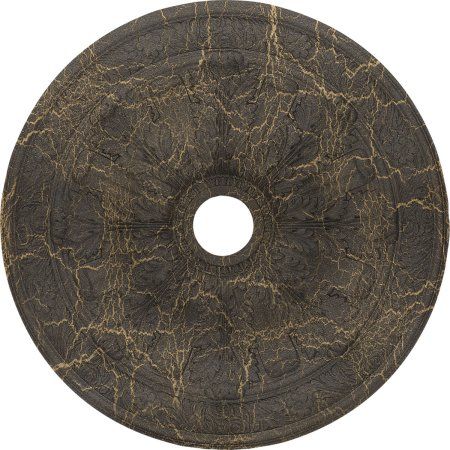All through the time, there have been lots of new inventions and innovations which have rejuvenated our daily life and made it more comfortable. Generally, when we think about an invention, many thoughts pop up In our mind; for instance, let’s take an example of the first aeroplane by Wright Brothers, the first automobile by Karl Benz, tractor by John Froelich and immeasurably many more contrivances that have influenced our daily life. But here’s an objection, how can aeroplanes land without landing wheels and how can automobiles move without tyres? So, wheels regulate the functioning of all these in some or the other way; either in the form of gears, tyres or any other structure.
That’s the reason why wheels are often discerned as one of the most momentous and significant inventions of all time that has changed human civilization.
The origin of wheels is still a mystery but it is believed that they were first used by Mesopotamians, Egyptians and Greece which eventually paved its way to medieval Europe.
Primary wheels were not used for transportation or locomotion. Few pieces of evidence point out the fact that these circular wooden objects with a hole in its center were used as potter’s wheel, which is defined as a revolving horizontal disc on which wet clay is sculpted into pots and other round objects by a potter in Mesopotamia. In fact, in some countries like Mexico, wheels were used as children’s toys and were never considered to be used for movement and transportation. The potters sculpted structure of dogs, jaguars and deer which were then fitted with wheels so that children can move it and play along with it.
Later someone identified the use of the wheel to roll and move ponderous equipment and enable easy transportation of humans and goods. Also, wheels were fixed with axel making it a simple machine that was used for lifting weights and fetching water from well.
The appearance of wheels changed from time to time. First, wheels were solid disc of wood which were cut from tree trunks. In some places with less availability of wood, circular stones were used as wheels. These kind of stone wheels were quite heavy but they were durable. Later, plank wheels were used where three wooden pieces (two rounded and one straightened) were fixed together using crosspiece. Around 2000 BC, someone came up with an idea of cutting a few sections of the wheel to make it lighter. Subsequently, crossbar wheels came up and were first used in early bicycles.
Before the invention of wheels, it has been very strenuous for man to carry loads from one place to another and travel long distances. Having no other choice, the man started to tame and train animals like donkeys to carry hefty loads on its back. Sometimes this led to animal torture. In some countries, even humans were forced to carry heavy goods! All this increased demand for labour and time.
Later, after the invention of wheels, all these hurdles were replaced with greater proficiency to produce, manufacture and transport goods from one place to another. Different kinds of commodities, merchandise and spices were exported to different parts of the world. Common man, pilgrims and preacher could now travel with ease. Animals were not tortured as before. Land routes were often preferred rather than exclusively using sea routes.
Wheels led to the creation of different transport vehicles like trucks, cars, bicycles, carts, aeroplanes, wheelchairs and noticeably many more devices.
It is generally expected that wheels are only used for transportation. But there are a lot many uses of wheel other than transport.
Wheels are used in water wheel which is a machine that converts energy produced by flowing water into hydroelectric power. Toothed wheels are attached to a rotating shaft that operates in pairs to enable movement between machines, this kind of design is called as gears that are found in different machines and vehicles. The Wheel also led to the invention of spinning wheels. Fibers like cotton, jute and wool are spun on these wheels to produce yarn which is used for manufacturing clothes, socks etc. The idea of a wheel rotating on an axis led to the invention of wind turbines and propellers.
Wheels are also being considered as symbols that represent cycle or repetition, health and strength, law and order etc.
So here’s how primitive wheels which were first used as potter’s wheel transformed into transportation mean and became a fundamental component of every simple and complex machine we use in our daily life………
By Disha










